Investing
$1 Billion+ per Day: How the Mississippi River Helps Grow America
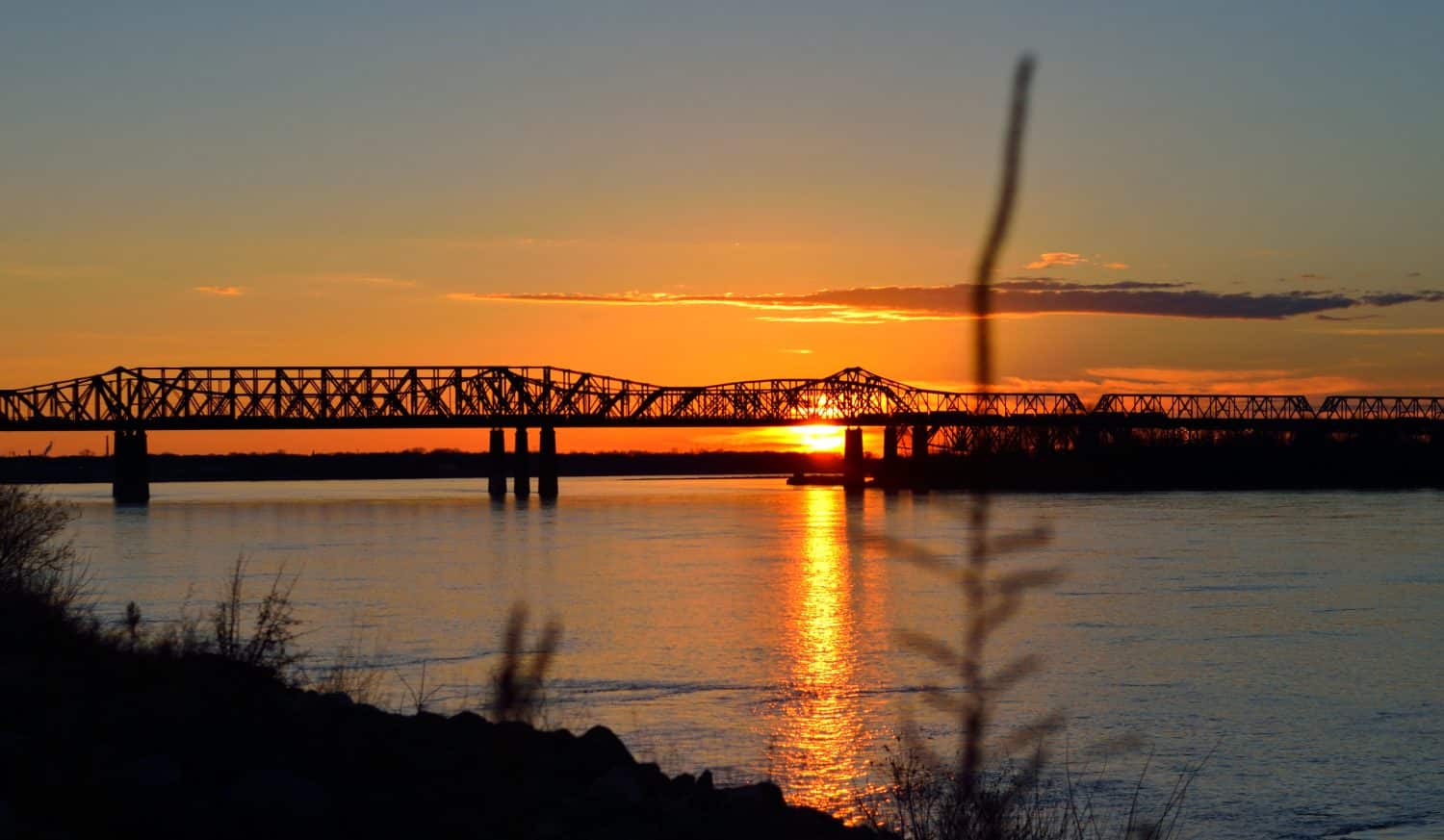
Published:

The mighty Mississippi River is North America’s second longest river, flowing through ten states within the United States before it drains into the Gulf of Mexico. Over the years, the 2350-mile-long Mississippi River has been a trading route, bringing European traders into the U.S. The second longest river in North America serves as one of the world’s most important commercial water routes, believed to make more than $1 billion per day. Discover how the Mississippi River helps grow America.
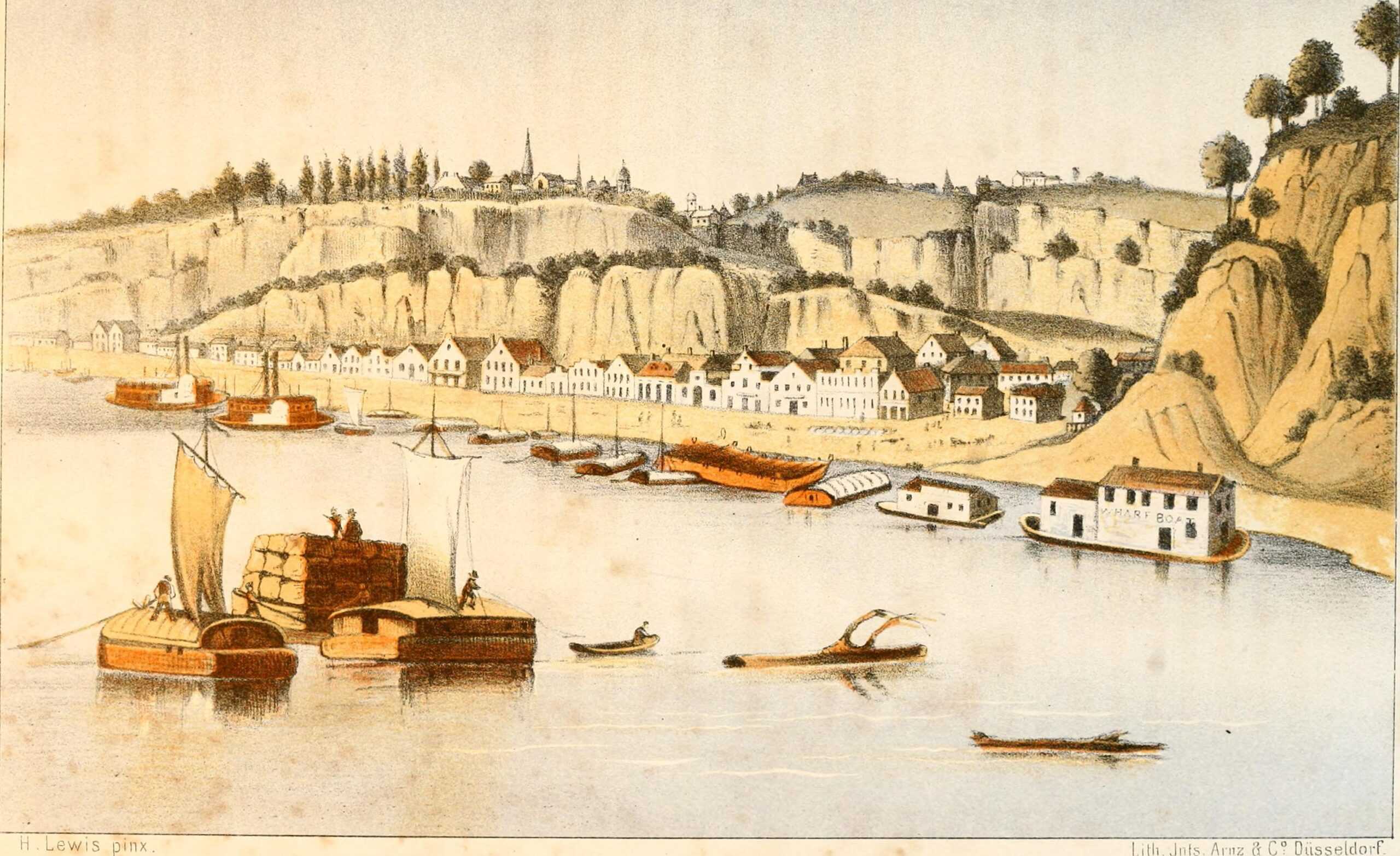
The Mississippi River has been instrumental to the advancement and commerce of the United States for a long time. In the 16th century, the river was mostly used for transportation and communication. However, that changed in the 19th and 20th centuries, when steamboats were used to transport agricultural and industrial goods along the long river.
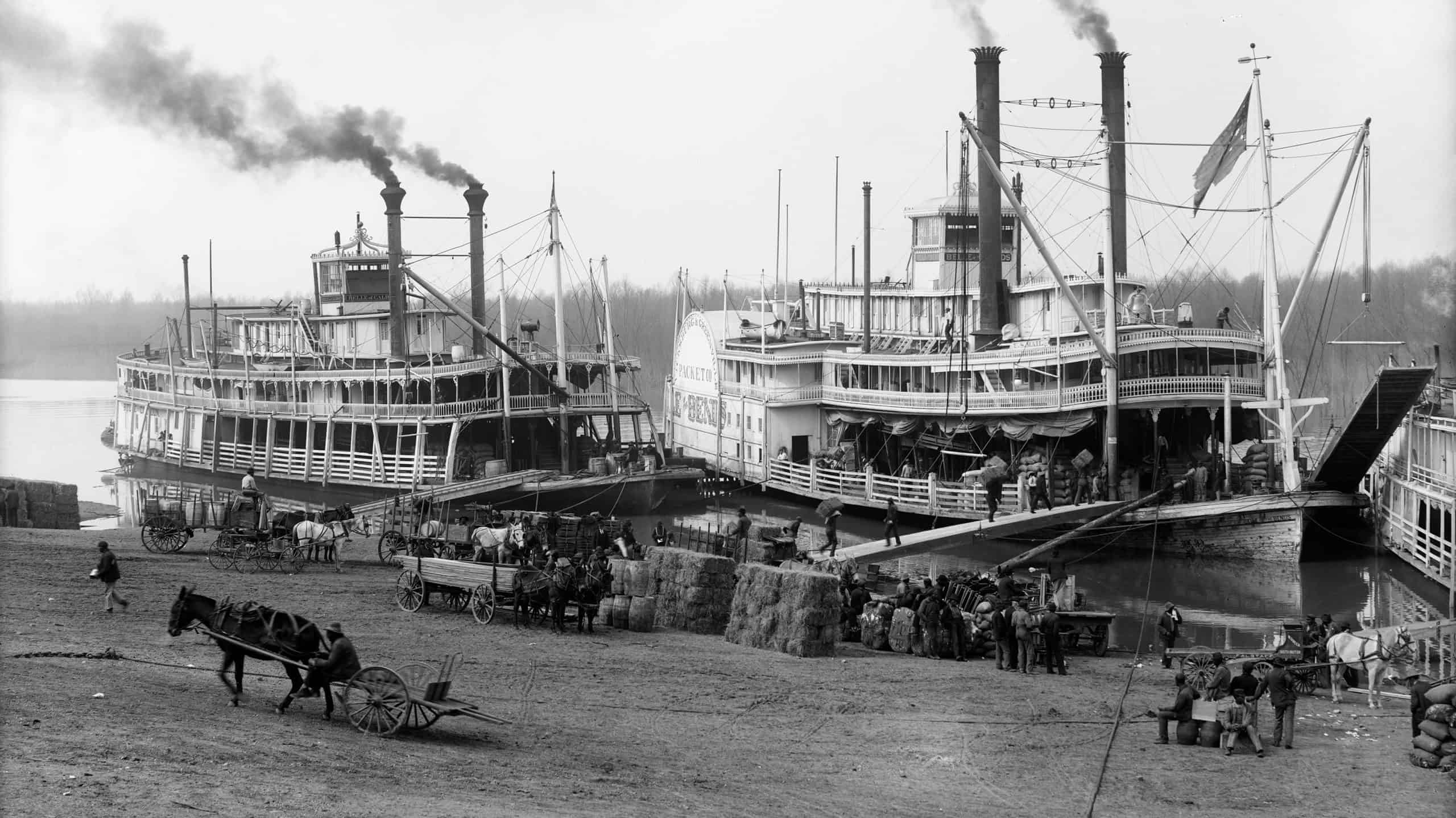
In the 20th century, companies along the river’s course had grown technologically and heavier ships and barges replaced steamboats. This growth spurred more engineering works along the Mississippi, such as locks, levees, and dams found along the 9 to 12 feet deep river today. The ten Mississippi River States are believed to be significantly responsible for the building of modern industrial America.
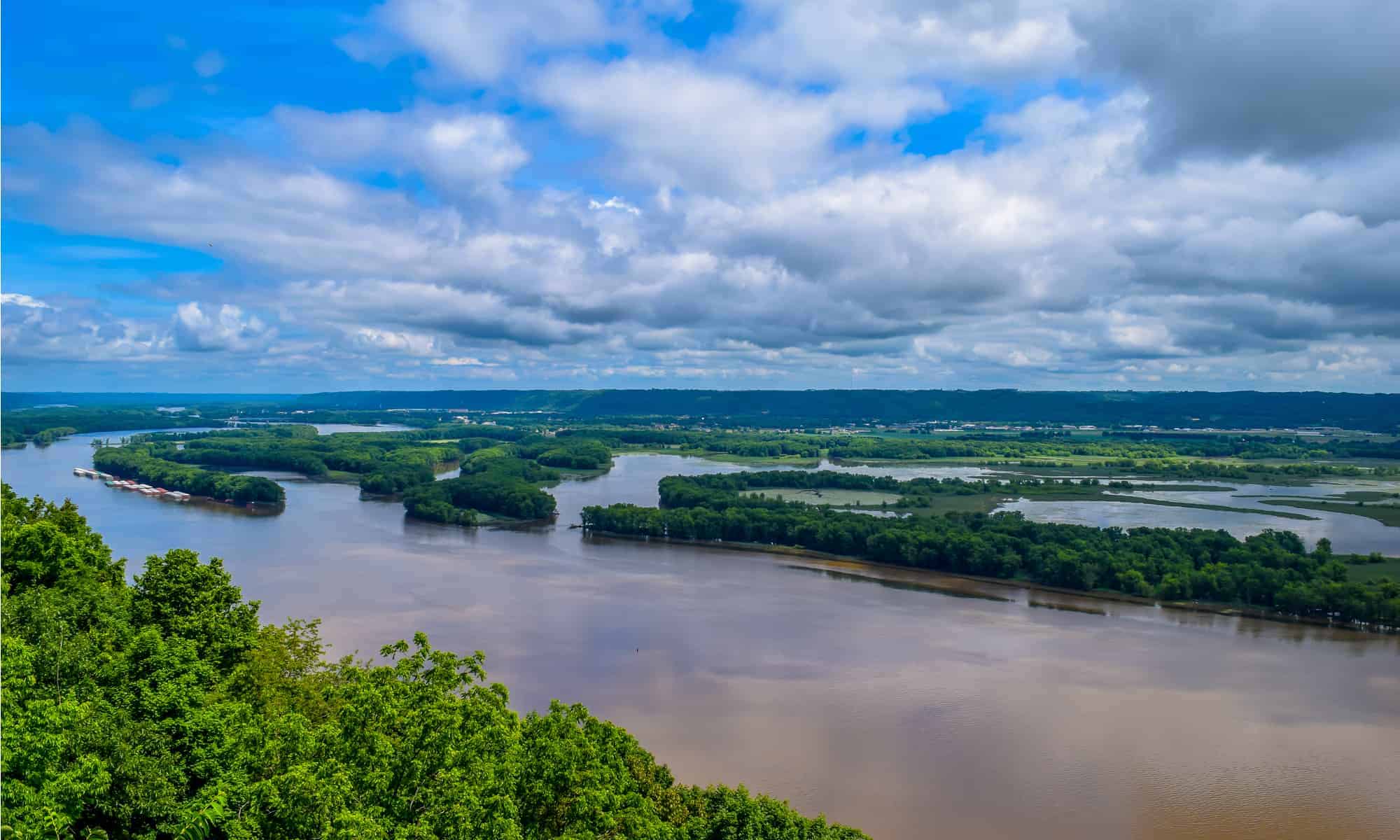
In 2015, reports from Quad-City Times stated that commerce along the Mississippi generated about $405 billion yearly. The Upper Mississippi River area, which comprises parts of Illinois, Iowa, Minnesota, Missouri, and Wisconsin, generated $253 billion and supported more than 700,000 jobs. The Lower Mississippi River area generated $157 billion and supported more than 500,000 jobs. Together, they put earnings for the entire Mississippi River at more than $1 billion daily.

Almost a decade after, the Mississippi River has grown more prosperous, making more than $405 billion yearly. The Upper Mississippi River makes about $345 billion annually, according to recent reports from the Upper Mississippi River National Wildlife and Fish Refuge. This revenue is mainly obtained from tourism, agriculture, and manufacturing along the river banks.
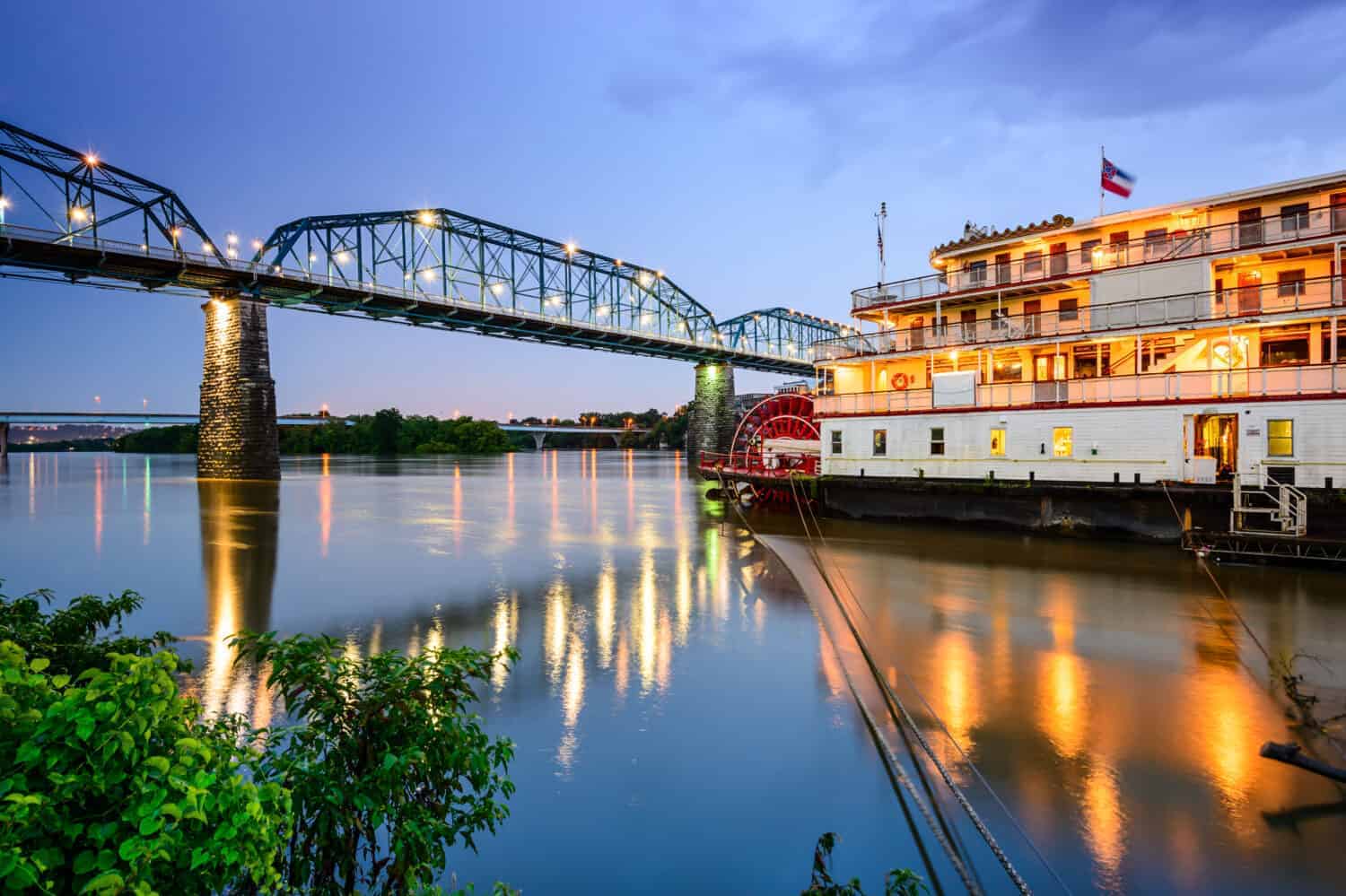
The Mississippi River’s daily revenue can be summed up to contributions from the agricultural sector, tourism, and manufacturing. Let’s take a closer look at each sector.
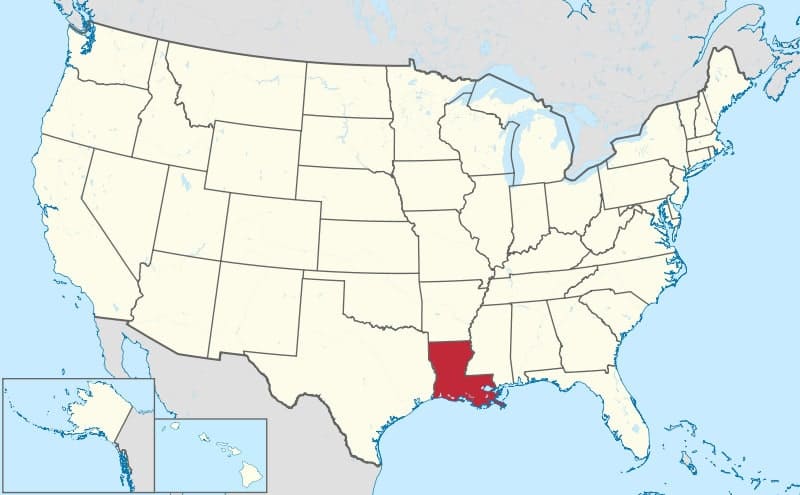
Agriculture is one of the foremost among the three major commercial sources in the Mississippi basin. Areas like Louisiana have incredible soil due to the flood plains left behind by the river’s drainage into the Gulf of Mexico. According to the National Park Service, this basin produces 92% of the U.S. agricultural exports. Due to agriculture along the river, America supplies 78% of the world’s exports in feed grains and soybeans. More than half of the grain exported annually from the U.S. is shipped on the Mississippi River.

According to American Rivers, the Mississippi River generates about $21.4 billion annually from tourism, recreation, and fishing. The river is a major recreational destination for boaters, hunters, anglers, canoeists, birdwatchers, beachgoers, and swimmers, thus creating more than 300,000 jobs. According to the LMRCC, tourists spend about $13 billion in the lower Mississippi alone. The upper area of the river is believed to pull in more revenue yearly than the lower part of the river.

Several major manufacturing companies have factories within accessible distance from the river to convey their large products through the country or out of it. The lower area of the Mississippi River is known for petroleum, steel, iron, rubber, wood, coal, and grains. The Port of South Louisiana is one of the largest port districts in the world by trade, getting about 500 million tons of shipped goods annually, according to the Port of New Orleans.
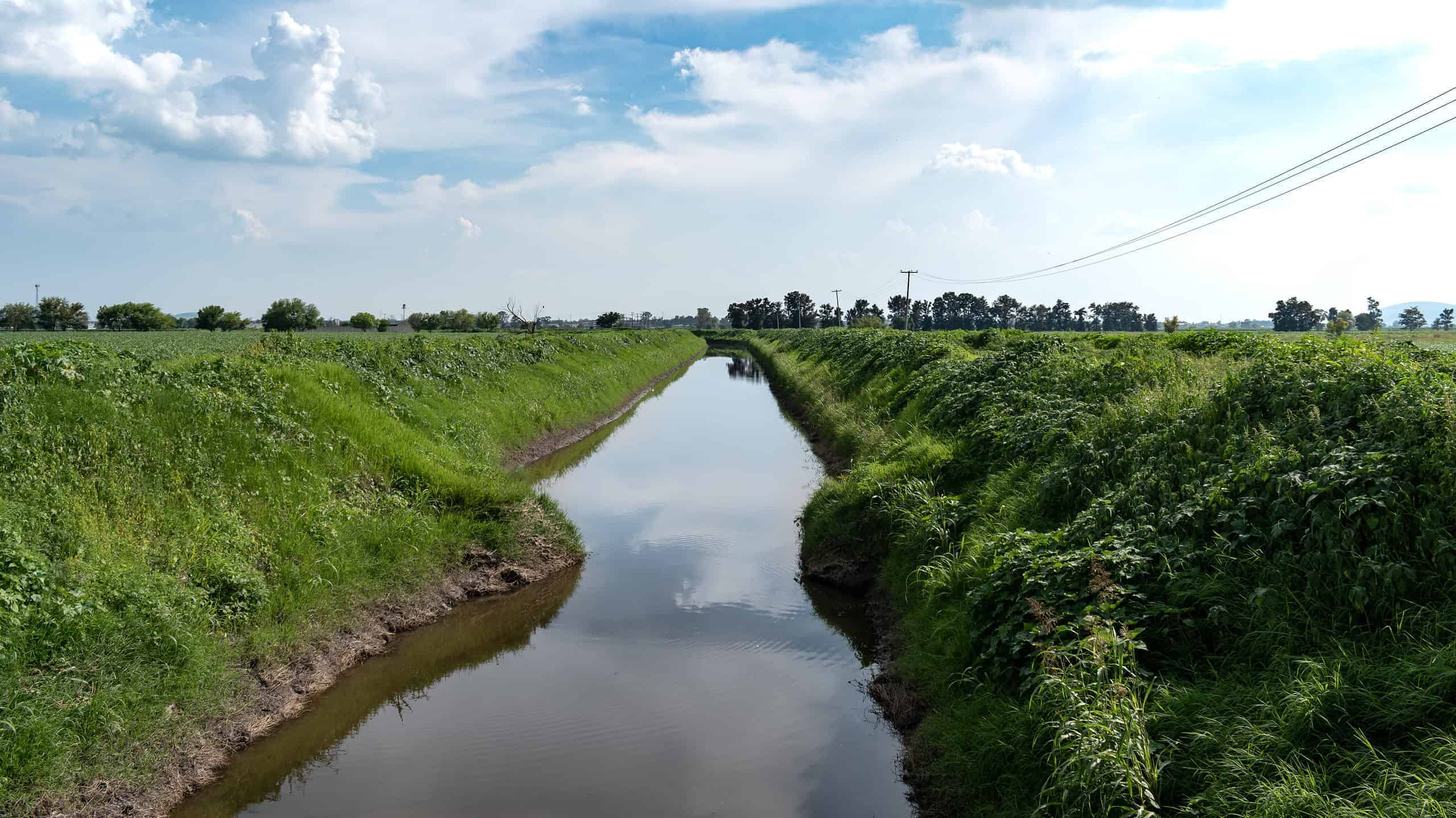
The Mississippi does more than earn America billions of dollars yearly; it is the second largest drainage system in North America and the fourth largest in the world. The Mississippi River drains all or part of two Canadian provinces and 32 states in America, with a drainage basin of more than 1.15 million square miles that discharges more than 4 million gallons of water per second at the Gulf of Mexico.
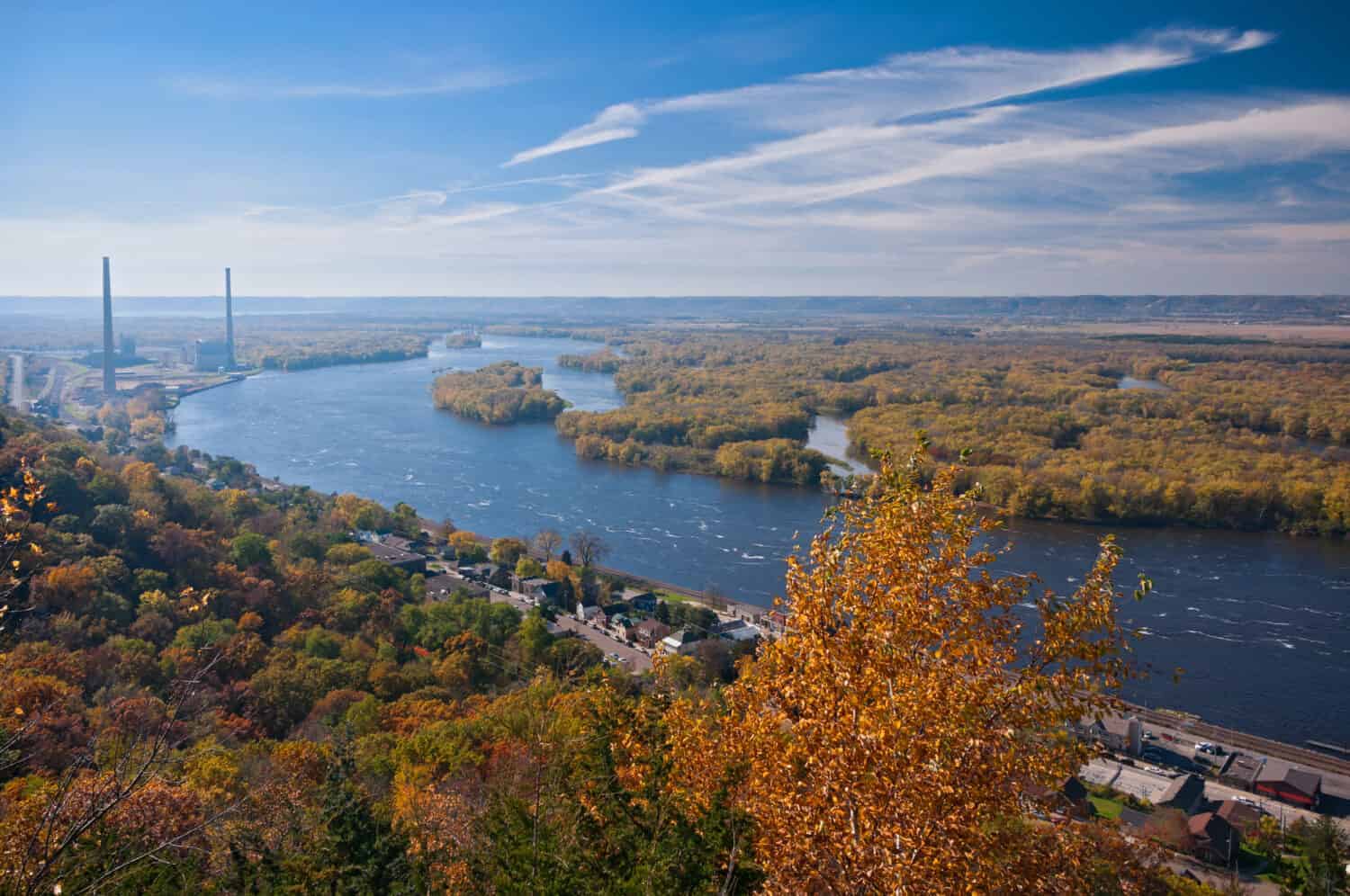
The mighty Mississippi is one of the largest rivers in the United States and the thirteenth largest by discharge worldwide. The 2350-square-mile river runs through the states of Arkansas, Illinois, Iowa, Kentucky, Louisiana, Minnesota, Mississippi, Missouri, Tennessee, and Wisconsin, supplying water to about 18 million people in more than 50 cities along its banks, according to the Environmental Protection Agency.
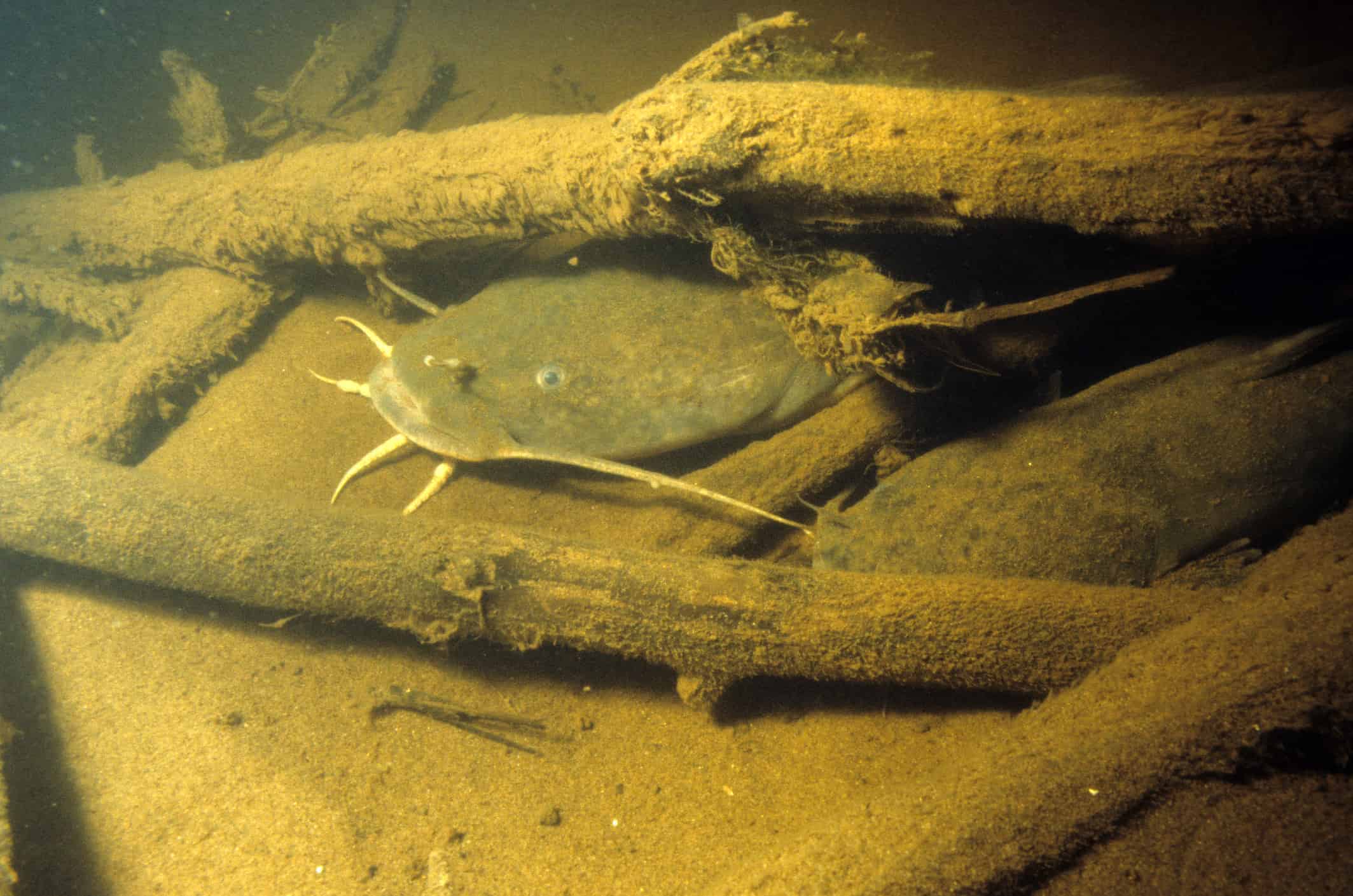
Fishing has been part and parcel of the Mississippi River for years, with several rod and reel records made and broken on the river because of its abundance of fish. The river is believed to have more than 260 species of fish. Common fish species in the Mississippi River include the blue catfish, the largest catfish in North America, walleye, garfish, largemouth bass, crappie, and carp.
Some unusual fish species found in the Mississippi River are gulf sturgeon and paddlefish, which are returned to the lake when caught for the preservation of these species.

On the map, the Mississippi River has a long stretch of diverse ecosystems along the center of the United States. There are sand dunes along its banks, flood plains, pine forests, etc. These different landscapes and climates, as well as the river and its tributaries, make the area habitable for more than 400 different land animals and birds. According to the National Park Service, almost 40% of migratory birds in the United States use the Mississippi during the spring and fall periods. Animals found around the river are the great blue heron, the majestic bald eagle, otters, white pelicans, black bears, copperheads, and beavers.
Want retirement to come a few years earlier than you’d planned? Or are you ready to retire now, but want an extra set of eyes on your finances?
Now you can speak with up to 3 financial experts in your area for FREE. By simply clicking here you can begin to match with financial professionals who can help you build your plan to retire early. And the best part? The first conversation with them is free.
Click here to match with up to 3 financial pros who would be excited to help you make financial decisions.
Thank you for reading! Have some feedback for us?
Contact the 24/7 Wall St. editorial team.